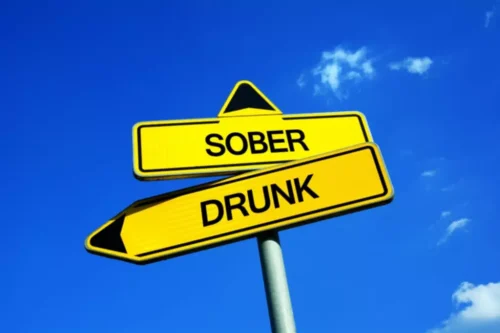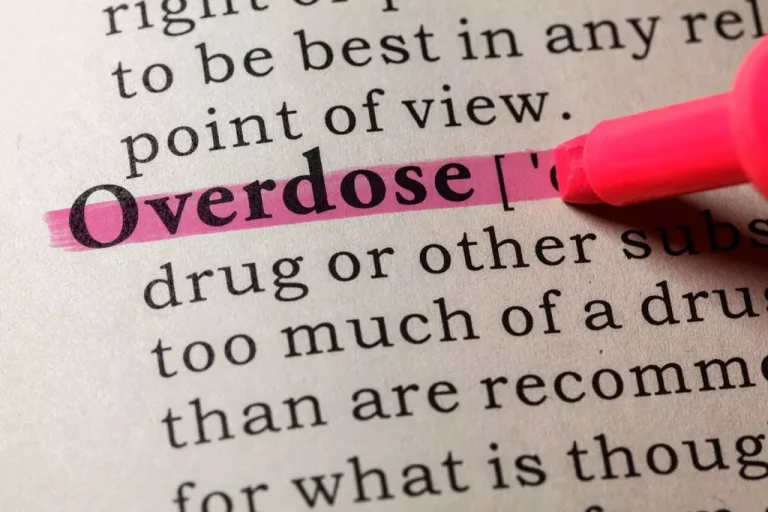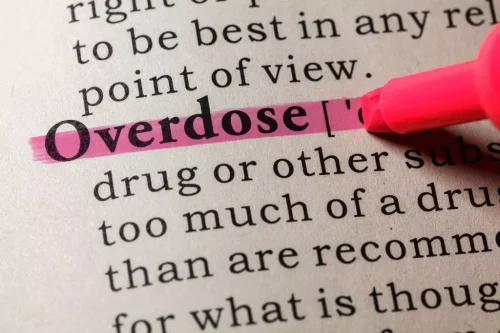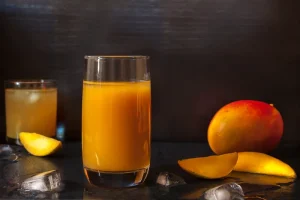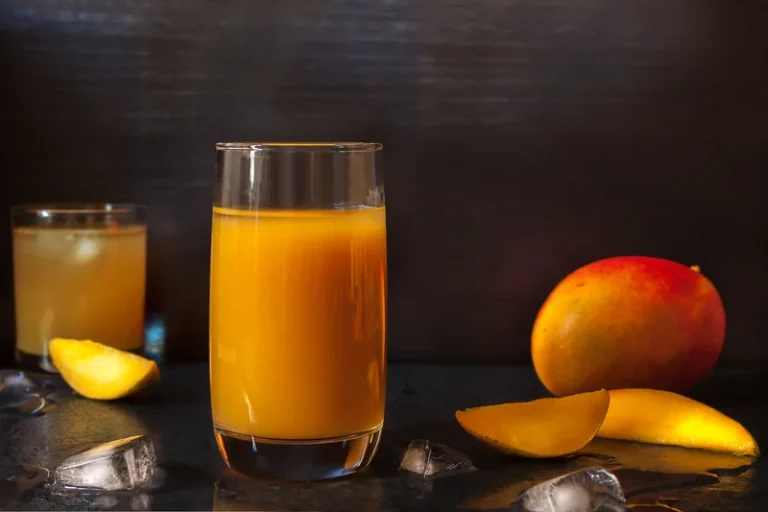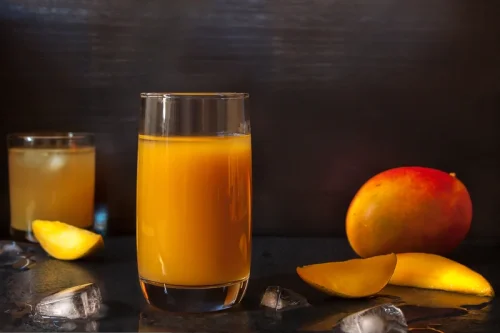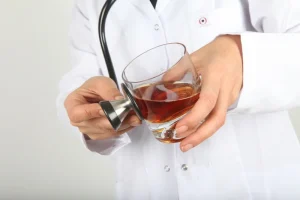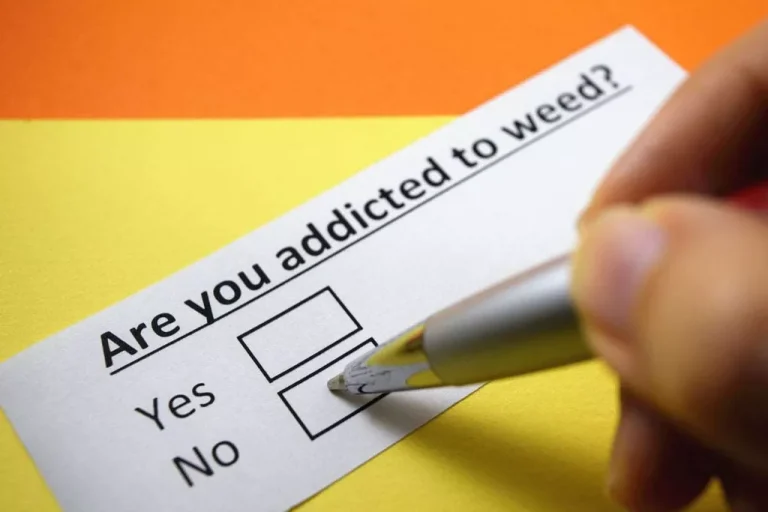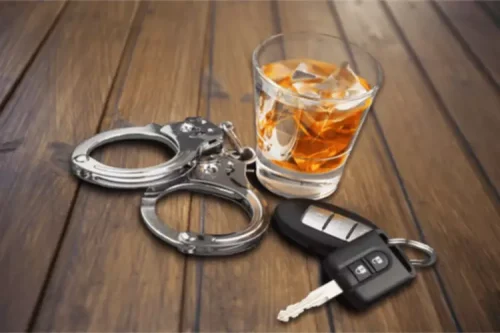
In his song “Finish Line/Drown,” he explained how his addiction to Xanax led to memory problems and lost opportunities in his career. In an interview with GQ magazine, he spoke more extensively about his addiction to the antianxiety medication. Nonetheless there is still a lot of faking going Halfway house on when you consider all the assertions made by rappers and their alleged hustler pasts. “It’s a stigma attached to drug addiction,” Carmela tells XXL about why so few people who find themselves in the throes of narcotics or opiod dependency get help.
Lean (Codeine)

His passing represented a notable loss to the music industry, marking yet another star claimed by the opioid epidemic. Despite this, African-Americans, who account for the majority of mainstream rap artists, largely do not seek treatment. This may be due to socio-economic factors or distrust of the U.S. health care system. As a result, many black rappers are not getting the help they need. Lil Wayne isn’t the only rap artist to deal with drug dependence.
References to Substance Use in Rap Songs
- Frequent collaborators Lil Pump and Smokepurpp blacklisted Xans, announcing in January 2018 that they were leaving the habit in the past.
- Eminem has spoken candidly about his past struggles with substance use.
- A shifting attitude toward addiction and mental illness has taken place among the rap community.
- One of his most successful tracks, “Gin and Juice,” includes lyrics about smoking “indo,” a slang term for marijuana.
- In an interview with GQ magazine, he spoke more extensively about his addiction to the antianxiety medication.
His death was ruled an accidentaloverdose of fentanyl and Xanax. What we haven’t done is reckon with an ascendant crop of pharmaceuticals — some legal, some semi-legal, some illegal — that are now routinely referenced in works of art. From Xanax to Adderall to Percocet to the codeine-cough-syrup concoction “lean,” there’s a medicine cabinet’s worth of drugs that are influencing, inspiring, beguiling, and, in some cases, destroying artists. We may have a good sense of the artistic reputation of, say, booze — from its effects (getting drunk) to its notable laureates (Cheever), but what is the artistic connotation of lean? It’s worth asking, given that 33 percent of the rap songs that reached the top ten of Billboard’s “Hot 100” chart in 2017 mentioned this drug.
Rap Music
Others have expressed concern about drug culture, emphasizing the negative consequences, including addiction. During the gap between his 2014 debut, Cilvia Demo, and 2016’s The Sun’s Tirade, Isaiah Rashad was dealing with an addiction to pills and alcohol. His addiction was severe to the point where he admitted he was almost dropped fromhis label, Top Dawg Entertainment. Isaiah Rashad’s alcoholism continued after The Sun’s Tirade, resulting in an even longer gap between albums before eventually quitting drinking and smoking in 2019. After spending time in rehab, his third album, 2021’s The House is Burning, was recorded completely sober.
He’s another cautionary tale on our list of rappers who overdosed. Legendary rapper Mac Miller is another artist whose life tragically came to an end due to drug use. His death still remains a huge and sad loss to both his fans and the music industry, shedding light on the importance of mental health awareness. Before his death from a suspected overdose in 2017, Lil Peep talked about his depression in an interview with Pitchfork. The rapper and YouTube star said that he moved to California rappers that do drugs to distance himself from the people and places that led to his mental illness.
Eminem – “Drug Ballad”

Music is definitely the rapper’s vice, initially saying Wolf would consist of “weird hippie music for people to get high to”. While he’s said that he’s never really had any desire to drink or do drugs, it’s also notable that he’s pretty naturally turnt up as it is. MDMA and lean are trendy, but Project Know pointed out that name-dropping pharmaceutical drugs is also on the rise. “Painkillers, such as Percs, Lortab, and hydrocodone, have risen in prevalence since the mid-2000s. And fulfilling a different void, Adderall’s popularity also surged,” the researchers wrote. As for alcohol, Hennessy still gets a lot of love, but it’s not as popular as it used to be.
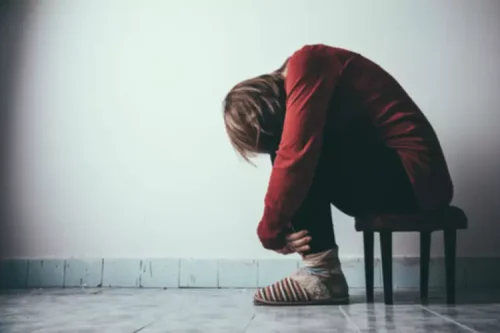
During his 15+ years as a music journalist, Erik has written hundreds of articles for Music in Minnesota, Something Else Reviews, his own blog Rambling On, and more. In addition to continuing his music career, Erik currently runs The Cosmic American, a music journalism website, and is the editor of Music in Minnesota. Her death was attributed to a drug overdose involving fentanyl, cocaine, and alcohol. Lil Peep, or Gustav Elijah Åhr, passed away on November 15, 2017, and his death was ruled as accidental overdose.
Rappers Who Are Sober
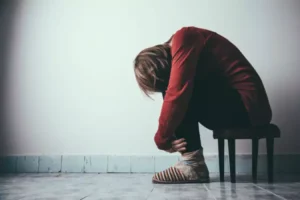
These five rappers have taken positive steps to be a part of the rap and hip hop world without substance use. Please note this is not a glorification–kids don’t do drugs–but more for your clarity so when you favorite trap rapper talking about having papi on speed dial – you’ll be in the know. He was a Southern hip-hop icon, and he lived the life he rapped about.
Cent Shares Lil Meech Text Messages, Threatens To Boot Him Off ‘BMF,’ X Reacts
Orlando Wharton, executive vice president at Capitol Music Group and president of Priority Records, knows very well how death can take a toll on the genre’s progression. He’s worked closely with XXXTentacion and PnB Rock, whose lives were both cut short by senseless murders. Frequent collaborators Lil Pump and Smokepurpp blacklisted Xans, announcing in January 2018 that they were leaving the habit in the past.
A Closer Look at How Drug Overdoses Are Plaguing Hip-Hop
- In recent years, artists like Lil Yachty, Chief Keef, Gucci Mane, G Herbo, Lil Baby and others have revealed they kicked lean habits.
- When he landed in a coma after suffering from severe seizures a few months ago, everyone pointed at a sizzurp OD as the cause, though Wayne claims to have suffered from epileptic seizures his whole life.
- As he explained, in 2014, when he began experiencing success in his career, Chance moved to North Hollywood and was high on Xanax every day.
- “I ain’t got nothing against you if you wanna throw one back,” as he told Sway on Sway In The Morning.
- Dex has had several legal issues throughout his career and has been arrested a few times.
Instead of glorifying the behavior, a bevy of rap artists speak of addiction in a more somber tone. Around this time, rap songs praising marijuana use began to experience commercial success. Then other rappers, including Dr. Dre, started positively portraying smoking cannabis in their music and during interviews. His team found that about 33.7 percent of rap songs on the Billboard charts contained at least one reference to alcohol. The rappers with the most alcohol mentions in their Billboard Hot 100 music during that time period were Flo Rida, Drake and Lil Wayne.



